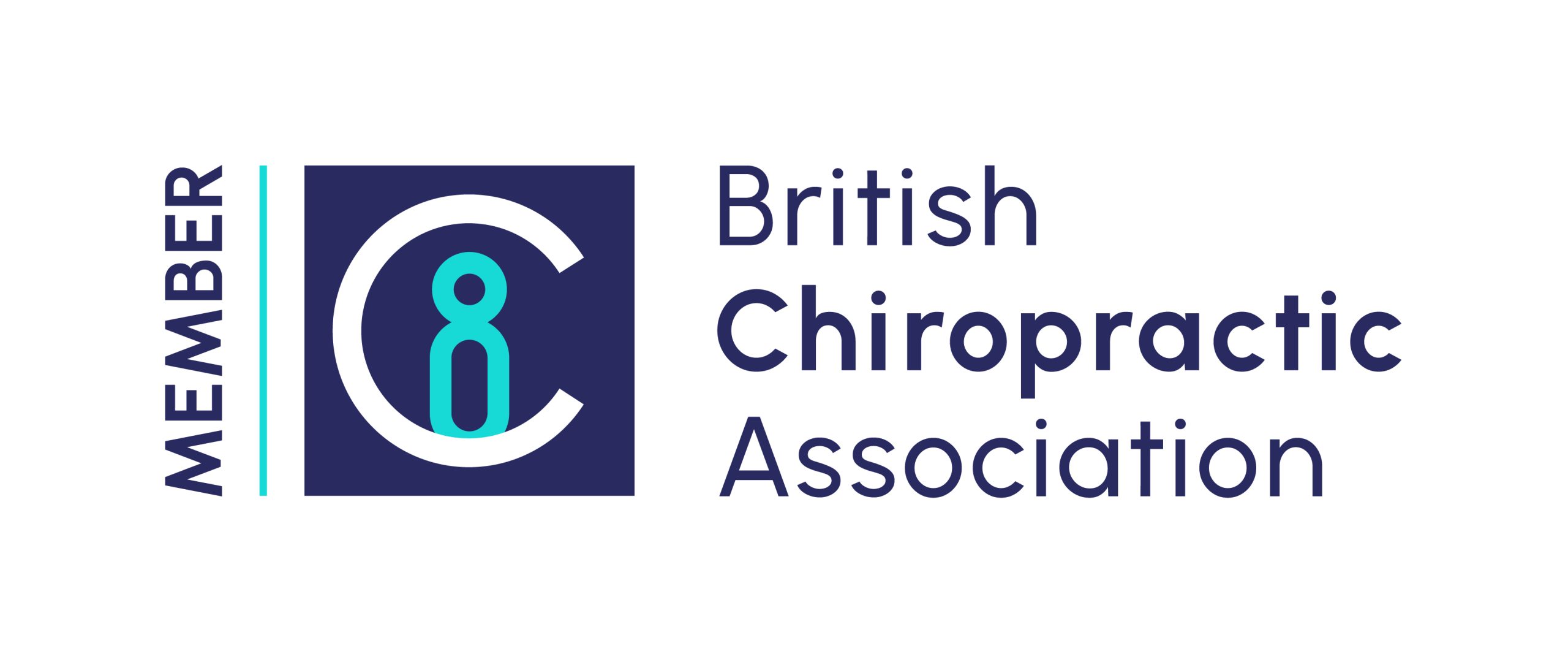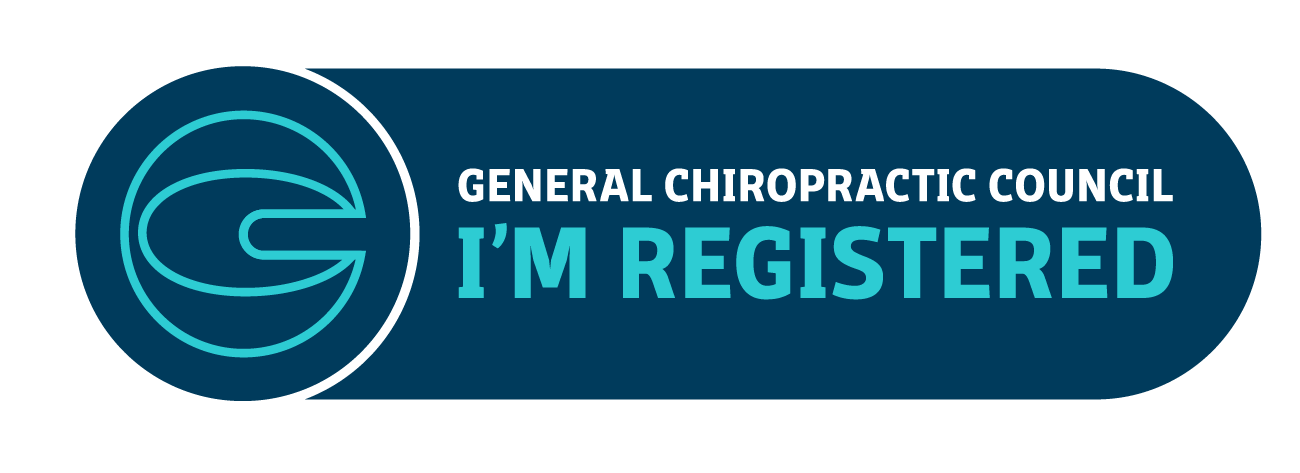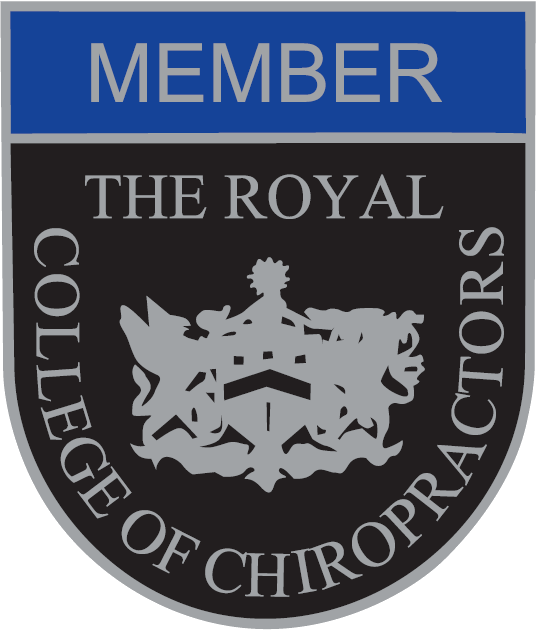 Sleeping on the wrong mattress can worsen or make LBP (lower back pain) become worse. Lack of support from your mattress strains your muscles, reinforces poor sleeping and doesn’t improve spine alignment: all these contribute to LBP. Sleep comfort is sacrificed if your mattress doesn’t match your preferences.
Sleeping on the wrong mattress can worsen or make LBP (lower back pain) become worse. Lack of support from your mattress strains your muscles, reinforces poor sleeping and doesn’t improve spine alignment: all these contribute to LBP. Sleep comfort is sacrificed if your mattress doesn’t match your preferences.
A mattress providing both back support and comfort helps to reduce LBP and can help the structure in your spine to rest and rejuvenate when you are sleeping at night. There are a wide variety of mattresses available on the market and looking for the right one is important for optimal comfort. If you are suffering from LBP, these practical guidelines will help you choose the ideal mattress for both sleep comfort and back support.
Personal preference should determine the best mattress.
There’s no single mattress type or style that works for all low back pain patients. Any mattress that will help you sleep without stiffness and pain is the best mattress for you. If you are suffering from LBP, you should choose a mattress that meets you’re the best option for you, for support and comfort and allows you to enjoy a good night’s sleep.
Ask about the mattress physical components.
The inner springs or coils of any mattress provide the support. Mattresses vary when it comes to the arrangement and number of coils. Padding on top of every mattress comes in various thickness. Mattress depths range anywhere from seven to eighteen inches deep. Choosing the mattress depth, type of padding and the number of coils should be determined by your preferences.
Look for a mattress that has back support
.
The right mattress is one that provides support for your natural curves plus the alignment of your spine. The correct amount of back support helps you avoid muscle soreness when you wake up in the morning. Studies suggest that medium-firm mattresses provide patients with more back pain relief when compared to firm mattresses.
Sleep position recommendation for specific painful back conditions.
Spinal Stenosis
If you have this condition, you should sleep on your side and make sure your knees are curled up (fetal position). This will help to relieve pressure on your nerve root. Also, sleeping on an adjustable bed or a reclining chair that allows your knees and head to remain elevated relieve pressure on your nerve.
Osteoarthritis
If you are suffering from this type of joint disease, sleep sideways with your knees curled up (fetal position). This position will open up the zygapophysial joints in your spine, and it can relieve corresponding pressure. You can also sleep in an adjustable bed or a reclining chair, which will elevate your knees and head and relieve pressure on your facet joints.
Isthmic spondylolisthesis
Sleeping in a reclining position may relieve pain from isthmic spondylolisthesis. You can test this position by using pillows under your head, neck and back to support your body as if it is in a reclining chair.
Bursitis
Pressure from a mattress that’s too firm can aggravate a condition like inflammation of the bursa over your hips (greater trochanteric bursitis). If your mattress is too firm, a pillow-top mattress (mattress that has thick padding on top) can reduce pressure on your hip.
Herniated lumbar disc
The recommended sleep position depends partially on the disc position. For the most common paracentral disc herniation, patients tend to do better when they lie on their stomach. As for the foraminal herniated disc, sleep on your side (fetal position) to get relief.









